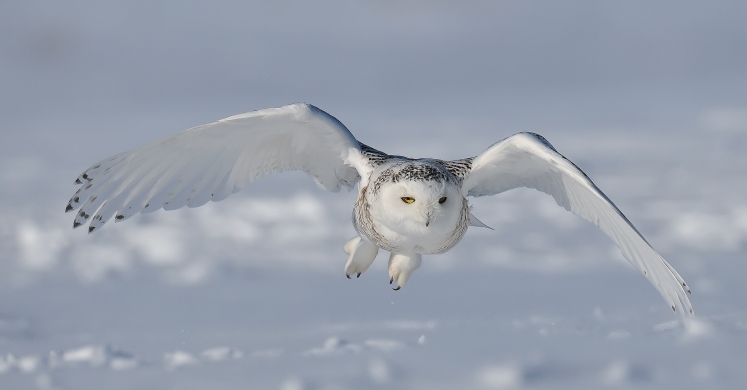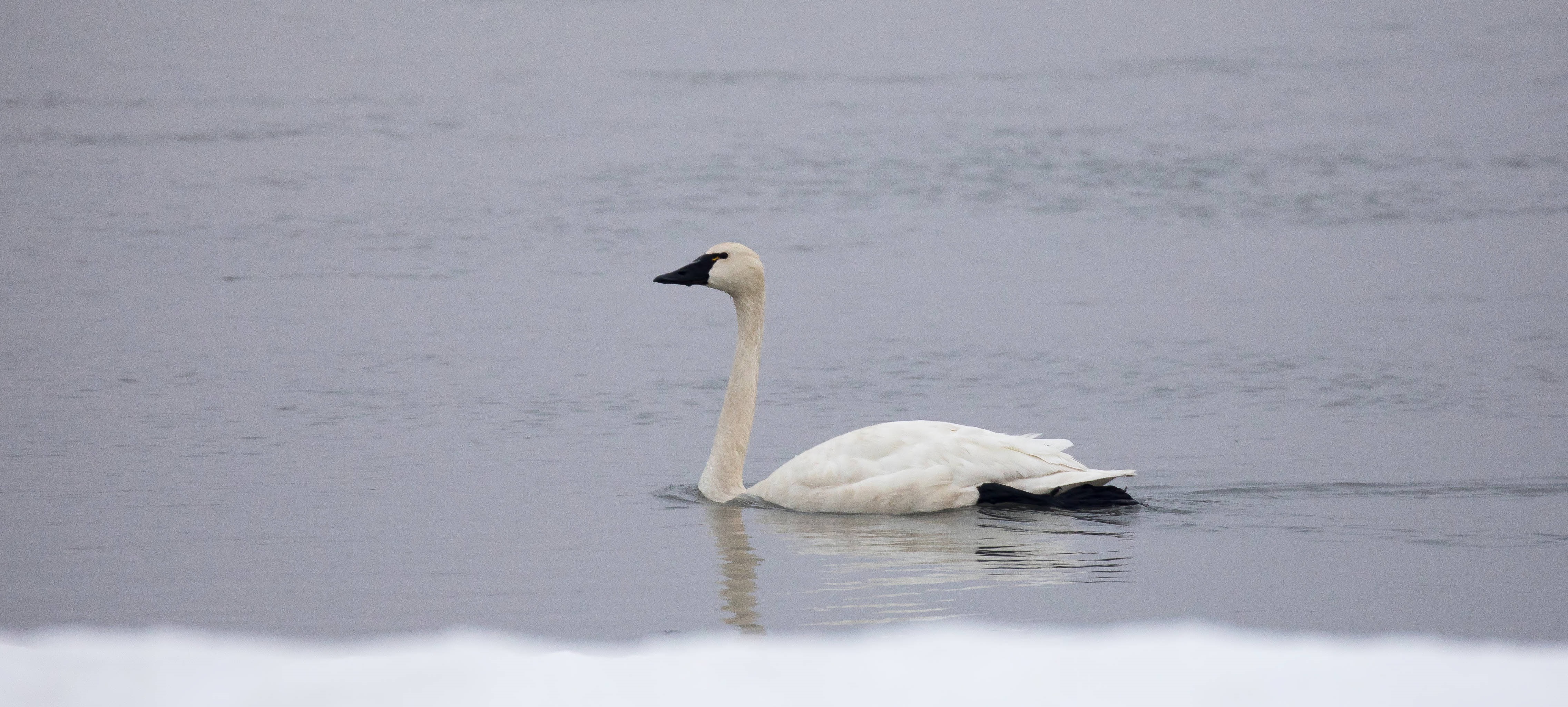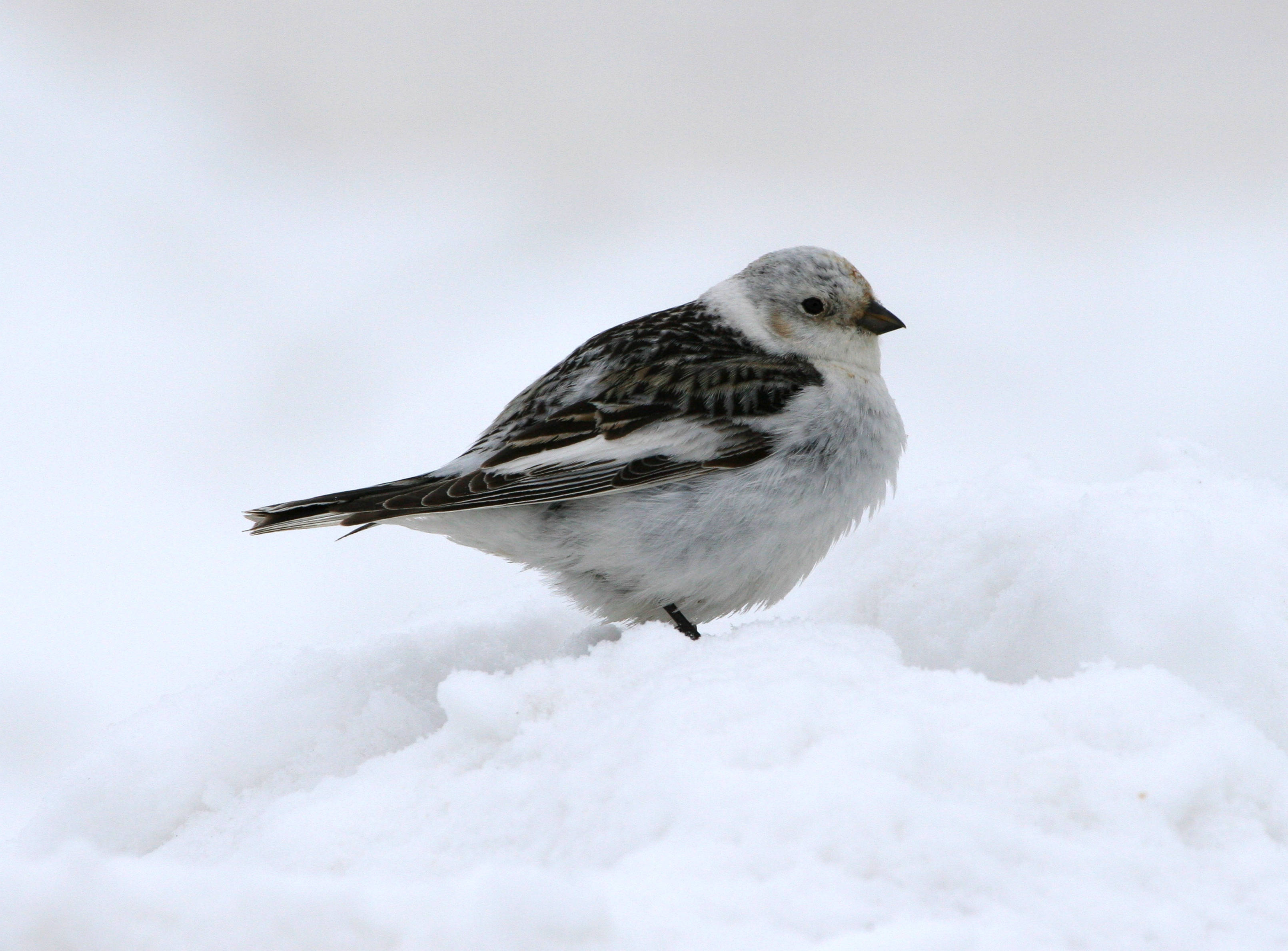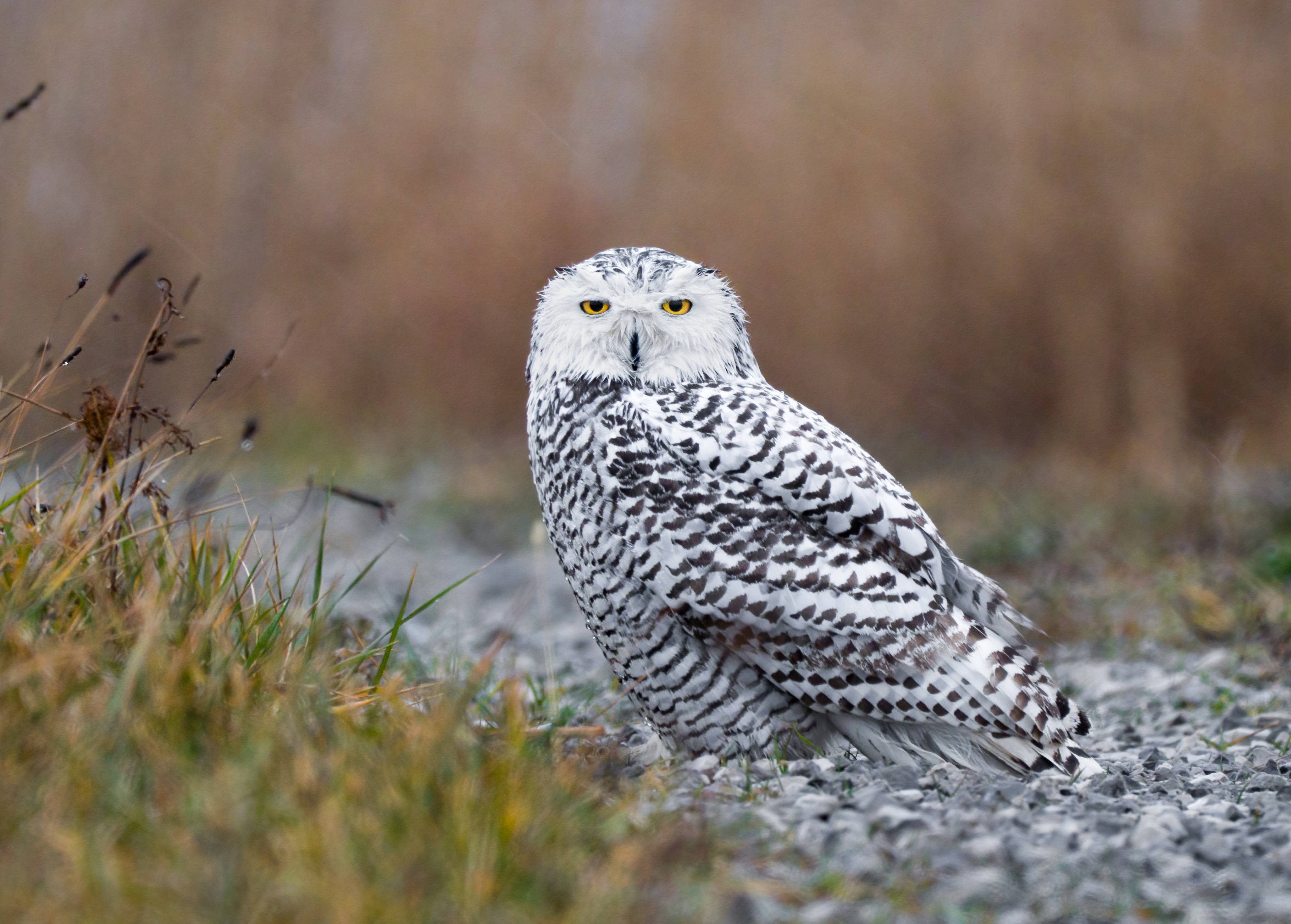Blog

#bioPGH Blog: When Snow Birds Come to Visit
 A resource of Biophilia: Pittsburgh, #bioPGH is a weekly blog and social media series that aims to encourage both children and adults to reconnect with nature and enjoy what each of our distinctive seasons has to offer.
A resource of Biophilia: Pittsburgh, #bioPGH is a weekly blog and social media series that aims to encourage both children and adults to reconnect with nature and enjoy what each of our distinctive seasons has to offer.
It may be colder now, but it is still perfectly fine weather for bird watching! This time of year, our migratory birds have gone south, but we still have a variety of year-round residents and plus the migratory populations of familiar species like robins (for example, we are probably hosting Canada's robins and ours have gone south). There are also some birds that only rarely make appearances in Pennsylvania during the winter, often depending on food availability here and elsewhere. The birds below are just a few possible “snow birds,” that we may or may not see; but it is certainly worth keeping an eye out for them!
Tundra Swan
True to their names, tundra swans breed in the northernmost stretches of Alaskan and Canadian tundra, but in the winter, they travel south into Canada and some of the US – meaning this time of year is our chance to see them! They are similar in appearance to the trumpeter swan and the introduced mute swan, but there are a few key differences to look for. The first is size. Trumpeter swans are huge, weighing up to 13-28 lbs, which can be nearly almost twice as big as some tundra swans, which range from 8 – 23 lbs. Mute swans can even larger, weighing 12 – 31 lbs; and they can be highly aggressive to any humans encroaching on their personal space. (The Canada geese have trained me well – I already avoid the long-necked feathered friends.)

USFWS, public domain
Pine Siskin
If you happen to see what looks like a tawny-striped finch with a flash of light yellow bopping about from branch to feeder to shrub, you might be spying a pine siskin! Roughly similar in size to a goldfinch and rather sparrow-like in color patterns, they might be easy to miss at first; but of any location, you are likely to spot pine siskins at a feeder. They have a notably fast metabolism compared to other birds their size, which allows them to handle cold weather well, but also gives them a hefty appetite.
Snow Bunting
With the exception of a few scattered populations in Europe and Alaska, snow buntings breed almost exclusively within the chilly northern reaches of the Arctic Circle. These snowy white little songbirds tend to wander across Canada and northern Midwest US during the winter, but they do occasionally appear as far south as Texas! Unfortunately, though, snow buntings are already experiencing negative impacts from climate change. The timing of their breeding season in spring has been shifting to start earlier, but unfortunately, that puts them at a timing mismatch with their peak summer foods (not all species have been changing the timing of their life cycles or life events at the same speed.)

USFWS, public domain
Snowy Owls
If you find yourself near a wide-open field, parking lot, maybe even the airport, and you see a large white bird with gray flecks sitting on the ground, you may have spotted a snowy owl! Like the tundra swans, snowy owls are also residents of the Arctic and near-Arctic latitudes, and snowy owls will occasionally visit the contiguous States as a part of their ventures south during winter. You may recall that in 2017 and 2014, quite a few snowy owls were present across not just Pennsylvania, but across the Lower 48 states! Those were both irruption years. An irruption can be broadly defined as a dramatic surge in the number of a given animal, but the ornithological (bird-related) definition specifically refers to a disruption in normal movement or migratory patterns. For snowy owls, when prey abundance is unusually high, more snowy owl young survive to adulthood in greater numbers and more frequently appear further south in the following year. In relatively normal years of prey abundance, like this one, we are less likely to see an irruption. However, since snowy owls are uniquely active during the day, if an owl does indeed make it our way, we are more likely to see it!

USFWS, public domain
Connecting to the Outdoors Tip: If this has piqued your birding interest, you’re in luck! Chapters of the Audubon Society all over the country are hosting their annual Christmas Bird Counts over the next few weeks—the largest and longest-running citizen science effort in the world. Even if you don’t have a lot of experience birding, this is the perfect opportunity for beginners to get involved alongside seasoned experts. To find a count near you, check out Audubon Society of Western PA’s website.
Continue the Conversation: Share your nature discoveries with our community by posting to Twitter and Instagram with hashtag #bioPGH, and R.S.V.P. to attend our next Biophilia: Pittsburgh meeting.
Photo Credits: Wikimedia User Bert de Tilly CC-BY-SA-3.0 and Pexels CC0

